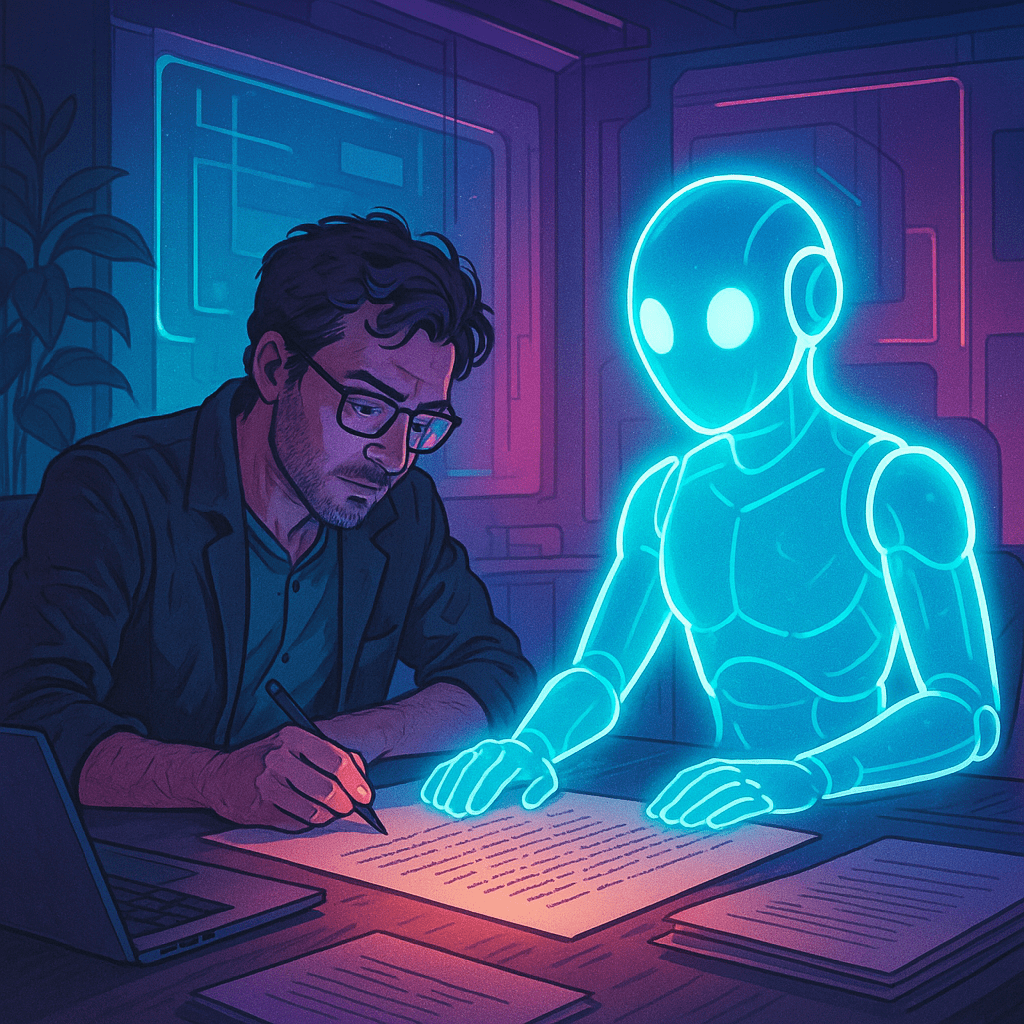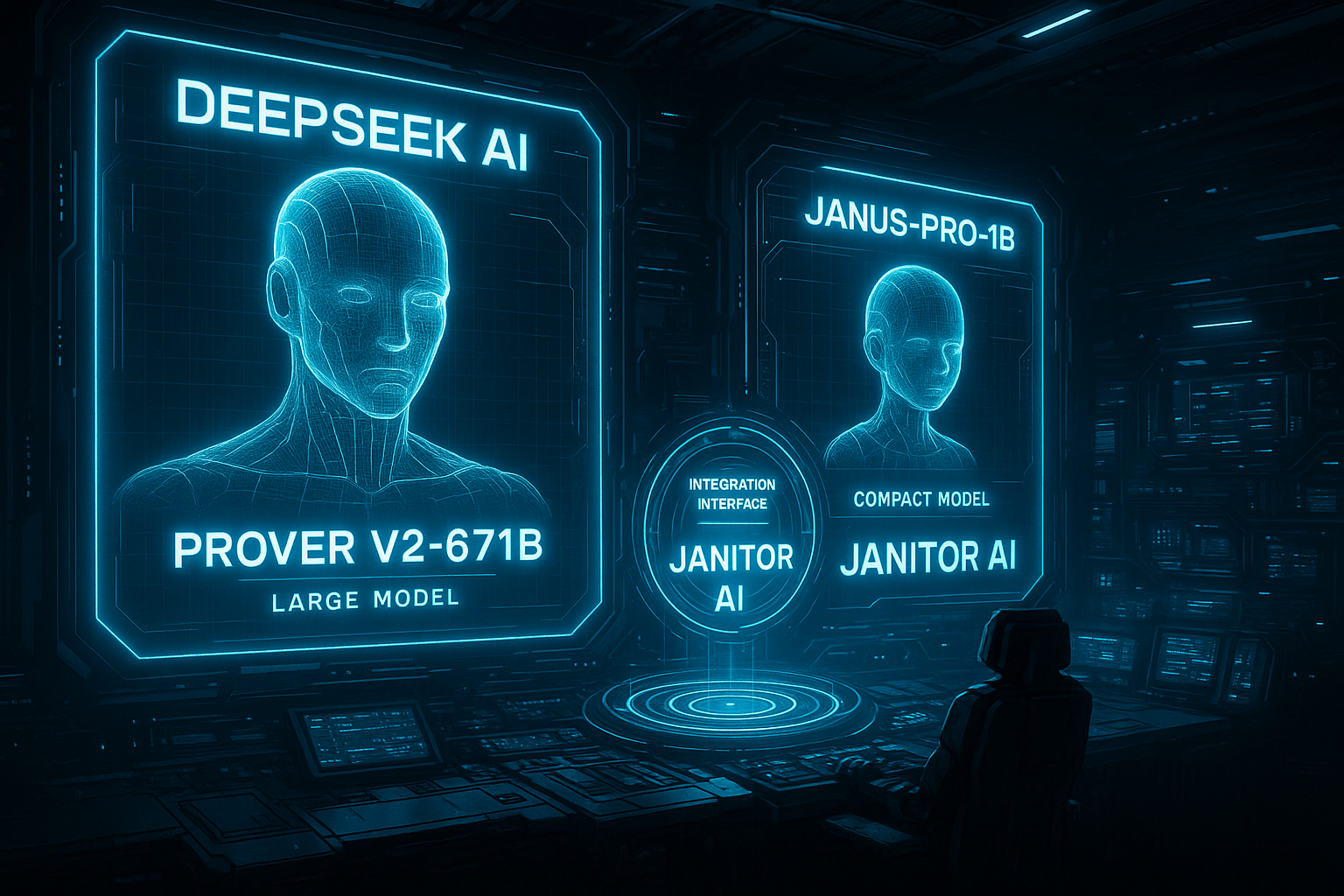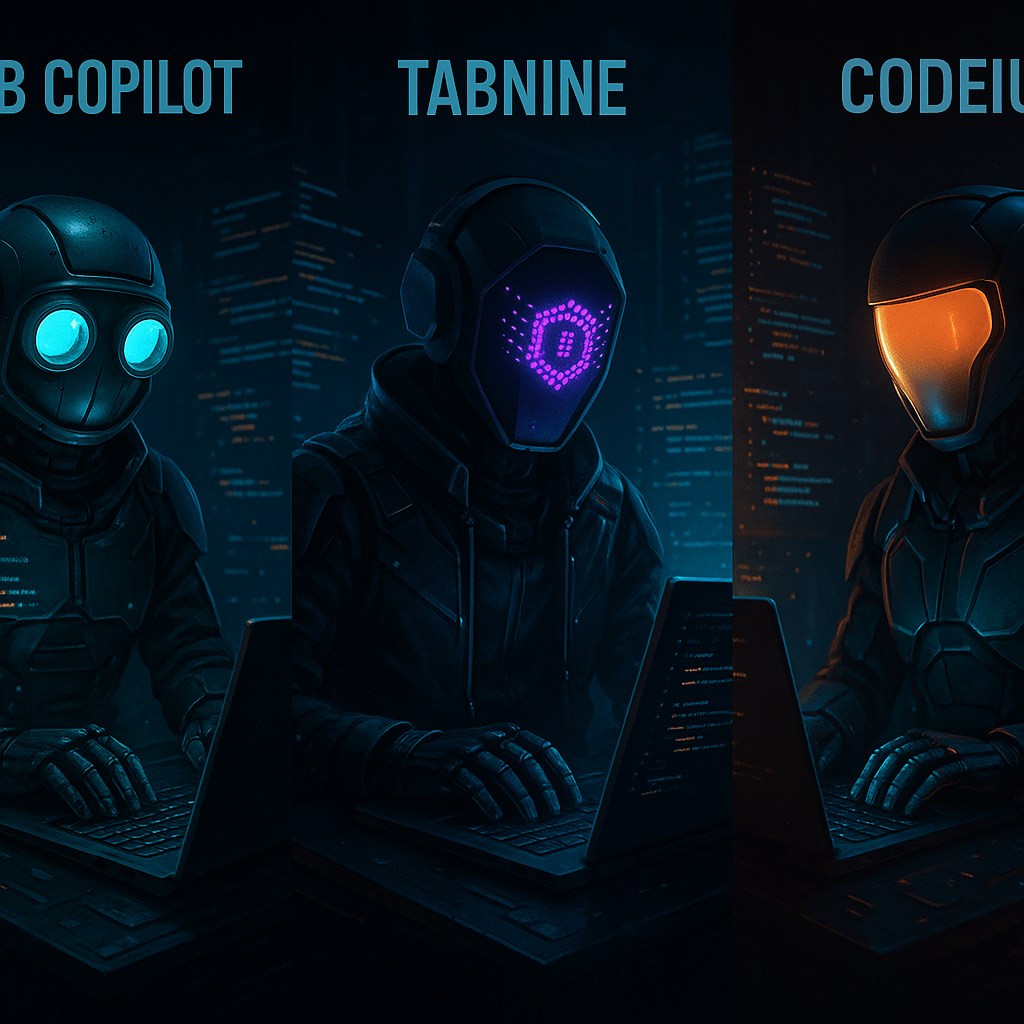The explosion of free AI writing tools is revolutionizing the way we create content—from blog articles and essays to ad copy and technical writing. As artificial intelligence grows more widely available and powerful, writers, marketers, students, and business owners are all crying out the same pressing question: Is this the future of writing—or the death of human imagination?
At Pensora, we navigate the intersection of creativity and innovation. The meteoric rise of free online AI writer applications is turning writing on its head, bringing speed and convenience. But the question that gets deeper: Can algorithms beat originality?
This article unpicks the emergence of AI-facilitated writing, looks at the advantages and drawbacks, and weighs the implications for creative sectors, education, and the nature of storytelling itself.
The Surge of Free AI Content Writing Platforms
There has been a five-year explosion in free AI content writing platforms. GrammarlyGO, Writesonic, and Copy.ai are just a few that can be accessed easily, providing paragraph rewriters and even full-article generators.
They all rely on large language models (LLMs), the same technology used for ChatGPT, to scan input and generate coherent, relevant, and grammatically correct text. The selling point is straightforward: more content, less effort, and faster.
Popular features are:
- Sentence and paragraph rewriting
- Grammar and tone recommendations
- Generating full-length articles
- Headline and copywriting automation
- Academic or professional formatting support
The term “rewrite paragraph AI” is no longer niche—it’s a routine search term for writers in any industry who need rapid, algorithm-driven rewrites for blogs, reports, and emails.
Who’s Using Free AI Text Tools—and Why?
Usage of free AI writing tools has spread far beyond tech-conscious early adopters. Students, marketers, small business owners, content creators, and even journalists are using these tools to improve or speed up their writing.
Use cases are:
- Students rewrite paragraphs to make them clearer or to avoid plagiarism.
- Marketers are leveraging AI to generate copy variations for A/B testing.
- Freelancers are accelerating repetitive tasks such as email writing or SEO meta descriptions.
- Bloggers are creating article sketches or rewriting bits of current content.
- Educators are studying how students interact with AI in the writing process.
Though often lauded for efficiency, the question remains—at what creative expense?
The Case for AI: Speed, Scale, and Efficiency
Proponents of AI writing claim that it doesn’t eliminate creativity—it facilitates it.
For busy professionals and resource-constrained businesses, free online AI writer tools enable quick scaling of content. Rather than spending hours writing one blog post or product description, authors can create several drafts within minutes.
Advantages of free AI writing software:
- Reduces writing time by 50–80%
- Eliminates writer’s block with automatic suggestions
- Enhances grammatical precision and readability
- Allows non-native speakers to write more naturally
- Reduces production cost for startups and small agencies
In a hurry-out world, these tools oblige.
The Case for Human Imagination: Meaning Over Mechanism
Even with AI on the ascent, many still insist that machine-authored writing can’t capture the soul. Language extends beyond sentence cadence and word usage. Excellent writing is delivered with feeling, context, originality, and purpose—elements not easily duplicated by algorithms.
At Pensora, we understand that while computers can write, only human beings can imagine.
Human imagination beats in:
- Conveying subtle feeling and intent
- Using cultural, historical, and emotional context
- Toning voice to fit individual personalities or brands
- Building compelling storytelling beyond data trends
- Taking subjective, strategic writing choices
In the argument of AI versus creativity, the human voice is still irreplaceable—at least for now.
Rewrite Paragraph AI: A Practical Tool, Not a Creative Genius
Most users look for rewrite paragraph AI to paraphrase, simplify, or enhance their text. They are great for rewriting clunky sentences, correcting passive voice, or condensing dense ideas.
But they tend to disregard tone, style, and intention. A piece of text that’s “off” can be grammatically good but emotionally flat. That’s where human editing still beats AI rewrites.
AI rewriting tools:
- Rewrite existing input without properly knowing what it means.
- Tend to over-simplify or generalize text.
- Sometimes introduces factual inaccuracies.
- Have difficulty with humor, irony, or metaphor
Using AI alone to rephrase paragraphs can save time—but at the expense of authenticity and clarity.
The Creativity Crisis in the Age of Algorithms
As free AI text proliferates, teachers and employers are concerned about waning original thinking. If students can auto-write essays, and advertisers can auto-generate product descriptions, what do the ideation, thinking, and storytelling skills do?
Some worry that excessive reliance on AI will:
- Undermine critical thinking ability.
- Water down true voices
- Lower the perceived value of creative output.
- Foster intellectual laziness
- Facilitate formulaic over original content.
This creativity crisis is not imagined—it’s already apparent in markets saturated with dull, repetitive AI-generated blogs and cheap marketing fluff.
At Pensora, we believe in AI-supported creation, not AI-reliant imitation.
The Future of Writing: Human-AI Collaboration
The intelligent future is a hybrid one, where human imagination and AI productivity overlap. Rather than writing out writers, AI can serve as a creative co-pilot—providing suggestions, ideas, and assistance while maintaining human control.
Optimal human-AI writing process:
- Human establishes intent, tone, and purpose.
- AI creates drafts, headlines, or outlines.
- Human refines for clarity, voice, and originality.
- Final content is a union of machine precision and human intuition.
- This process recognizes the strengths and limitations of both sides.
It’s not a contest—it’s collaboration.
Are We Trading Quality for Convenience?
The rise of AI writer free online platforms democratized writing tools, but also increased the expectations for astute quality readers. Anyone can now write 1,000 words in an instant—but are they readable?
Risks of using AI too much:
- Homogenized, SEO-crafted content dominates search engines.
- Readers distrust content’s genuineness.
- Brands may sound robotic or repetitive.
- Quality is sacrificed for quantity.
Authors now have to try much harder to stand out—not only from one another, but from the algorithms inundating the web with averageness.

Copyright, Plagiarism, and Ownership: The Legal Grey Zone
As content created by AI becomes more prevalent, so do legal issues. Who owns a text created by AI? What if it inadvertently duplicates copyrighted material? Can you author a work generated by a machine?
Legal standards have not yet caught up, and creators need to exercise vigilance.
- Some AI programs do not promise original content.
- Danger of unintentional plagiarism based on training material
- Ownership of copyright could belong to the tool vendor, rather than the consumer.
- Disclosure of AI use may soon be required for journalism or research.
Authors and companies who use free software for writing with AI should recognize the dangers at stake—and steer clear of using AI as a shortcut to original writing.
Educational Impact: A Double-Edged Sword
AI writing tools pose a paradox in education. On the one hand, they assist students in enhancing grammar, structure, and clarity. On the other hand, they facilitate essay automation, avoiding actual learning.
Possible negative effects on academic application:
- Undermining research and critical thinking
- Promoting surface understanding
- Fostering academic dishonesty and facilitating it to go undetected
- Devaluing written expression as a skill
Some schools are beginning to ask students to disclose AI use in their assignments. Others are trying out oral exams and in-class essays to maintain academic integrity.
AI in the classroom has to be led by ethics—not merely access.
Ethical Writing in an AI World
The moral application of AI in writing demands transparency, accountability, and originality commitment. Whether you are employing a rewrite paragraph AI application or creating full-length articles, your writer’s job does not vanish—but changes.
Writers need to ask themselves:
- Am I applying AI to enhance or to substitute effort?
- Does this content portray my voice and purpose?
- Is it transparent when and how AI was engaged?
- Did I fact-check AI-generated assertions?
- Is this benefiting my readers—or merely saving me time?
At Pensora, we think ethical AI use starts with intention.
Conclusion: The Tools Have Changed—But the Mission Hasn’t
Free AI writing tools are powerful, accessible, and more intelligent than ever. They enable us to write more quickly, communicate more clearly, and reach more people. But they also challenge the limits of creativity, originality, and ownership.
In the battle of AI vs creativity, the solution isn’t either/or. It’s about selecting the appropriate tool for the job—and recognizing that only a human can provide the nuance, feeling, and genius that exceptional writing requires.
Writers will need to adjust, but they don’t have to yield. As AI continues to become more advanced, the future is not for the quickest typist—but for the most considerate creator.











Leave a Reply